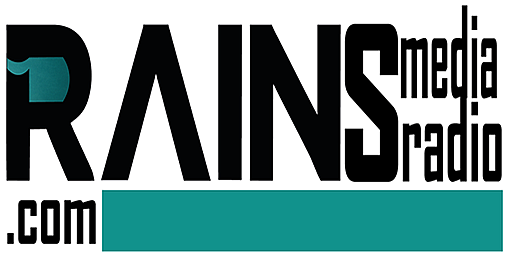The Federal Government of Nigeria, on July 1, 2025, announced an ambitious plan to distribute 5 million Liquefied Petroleum Gas (LPG) cylinders to households by 2030, aiming to transition 30% of Nigeria’s 200 million population to cleaner cooking energy.
Minister of State for Petroleum Resources, Ekperikpe Ekpo, unveiled the initiative at a National Energy Summit, projecting a reduction in biomass use, which contributes to 80,000 annual deaths from indoor air pollution. The program, backed by a $500 million investment, will subsidize cylinders for 10 million low-income households, with distribution hubs in Lagos, Kano, and Port Harcourt.
The initiative builds on Nigeria’s Decade of Gas policy, leveraging its 209 trillion cubic feet of gas reserves, the largest in Africa. In 2024, LPG consumption reached 1.5 million metric tonnes, but only 20% of households use gas, compared to 60% in Ghana. The plan includes constructing 50 filling plants, creating 20,000 jobs, and reducing deforestation by 15%, as 70% of Nigeria’s 923,768 km² forest cover is threatened by firewood use.
The Nigerian National Petroleum Company Limited (NNPCL) will partner with private firms to ensure affordability, targeting a 50% price reduction to N10,000 per cylinder. Challenges include logistics costs, with N500 billion allocated for infrastructure by 2027. The government expects a 10% boost in GDP from gas sector growth.


